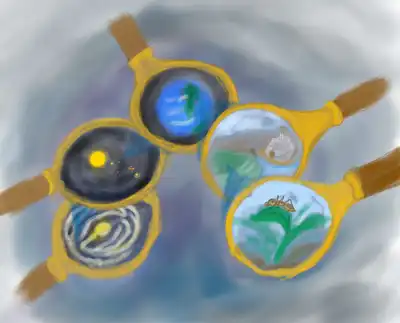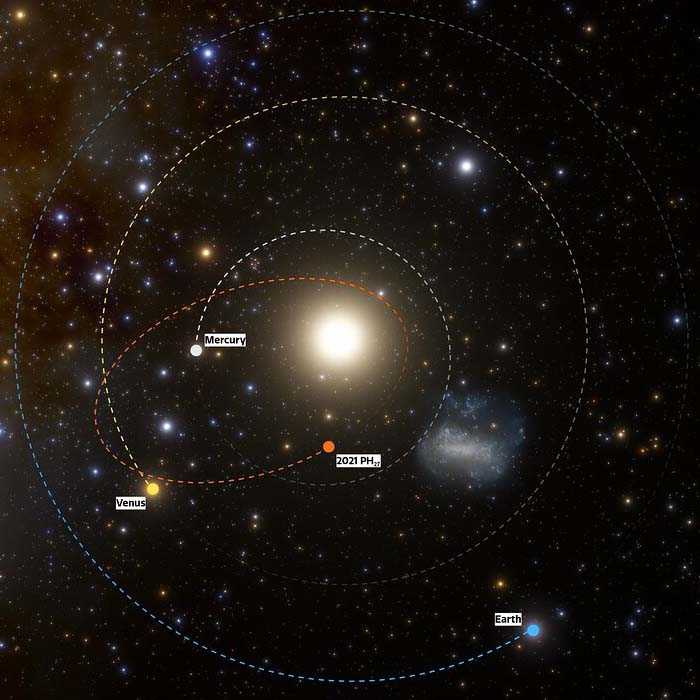
The Simplicity of Everything
A concise introduction to cosmology and the theory behind it.

On 13th August 2013, astronomers discovered a new asteroid using the Dark Energy Camera (DEC), mounted atop a 4-metre wide telescope in Chile. Over the next few days, other telescopes confirmed the discovery and also mapped the orbit of this asteroid.
American astronomer Scott Sheppard led the discovery. “Though telescope time for astronomers is very precious, the international nature and love of the unknown make astronomers very willing to override their own science and observations to follow up new, interesting discoveries like this,” said Sheppard in a press release.
The orbit of the asteroid, named 2021 PH27, was found to be short and completely interior to the Earth’s orbit, going between Mercury’s and Venus’ orbits. Hence, it is called an Atira asteroid or Apohele asteroid. Only around 20 such asteroids, also known as interior-Earth objects (IEOs) have been identified. These kinds of asteroids are rare as they are very often hidden by the glare of the Sun.
Based on the predicted orbit, astronomers were able to calculate the orbital period of time taken by the asteroid to complete one revolution around the sun. They estimated it to be around 113 Earth days, only 25 days more than the innermost planet Mercury. Planets and asteroids orbit the Sun in elliptical (or oval-shaped) orbits, with the widest axis of the ellipse having a radius described as the semi-major axis. PH27 has a semi-major axis of 70 million kilometres.

Illustration showing the orbits of the inner planets of our solar system and the newly discovered asteroid 2021 PH27. Illustration by CTIO/NOIRLab/NSF/AURA/J. da Silva (via Spaceengine).
Astronomers also predicted the size of PH27. They estimate it to be a kilometre in diameter. During its elliptical orbit, it comes as close as just 20 million kilometres from the Sun (see orbit map above). This is just 13% of the distance between the Sun and the Earth.
At this distance, PH27 will experience the massive gravitation and heat from the Sun. Its surface temperature gets close to 500 °C. The extreme gravity at this point also affects the orbit of PH27 over time (according to Einstein’s General Theory of Relativity). Therefore, the astronomers predict that the asteroid will eventually have an unstable orbit leading to its collapse into Mercury, Venus or the Sun. But, it’ll be a few million years before that might happen.